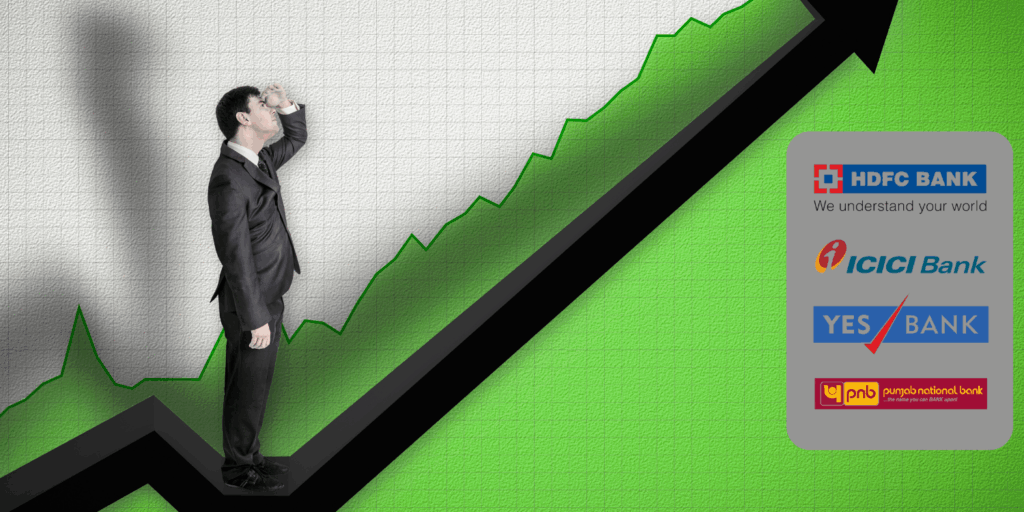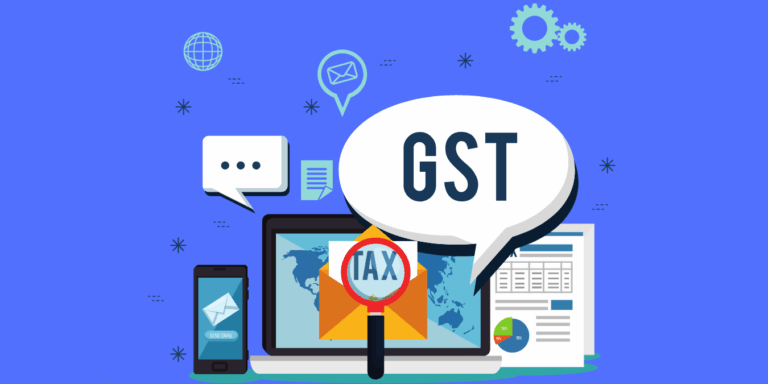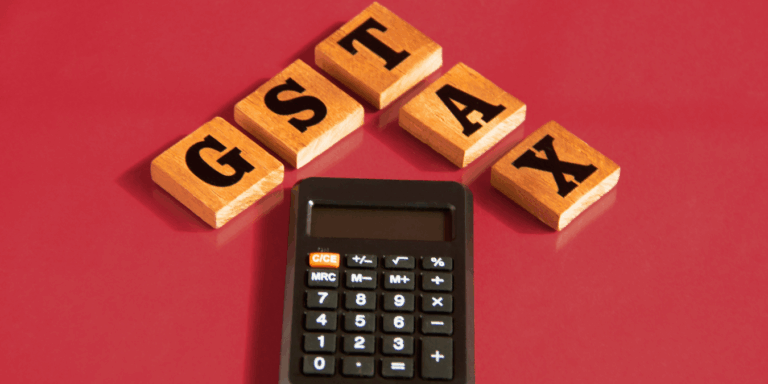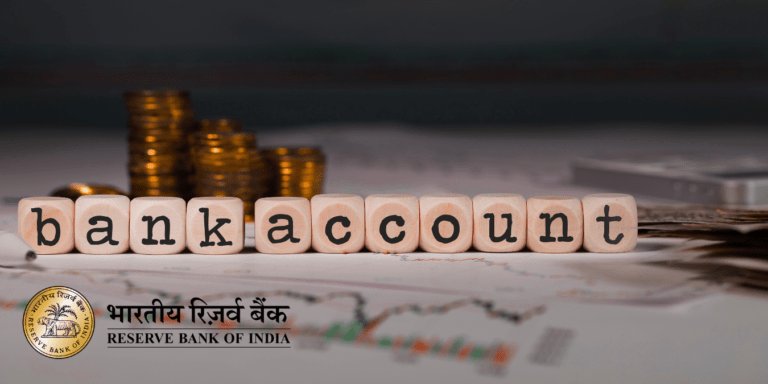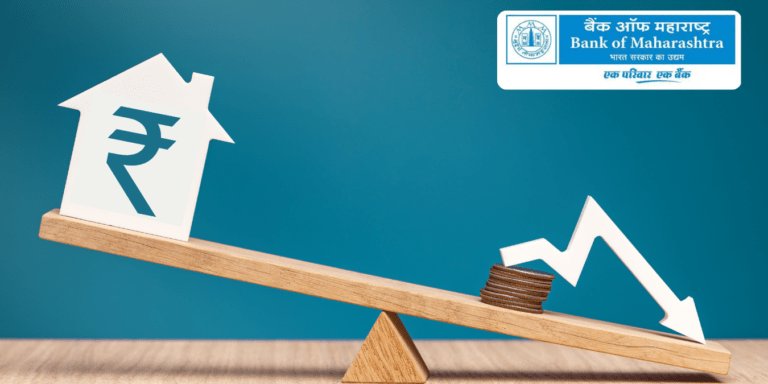
Why Experts Say GST 2.0’s Two Slabs Could Spark India’s Biggest Consumer Boom - Launch on November 1, 2025
India’s bold GST 2.0 shift with only two tax slabs—5% and 18%—and a shocking 40% luxury tax that’s set to transform your spending. What hidden impact will this have on your wallet and business? Unlock the secret financial moves behind India’s fastest tax reform of 2025 now!
India has just rolled out one of its boldest financial reforms yet—on November 1, 2025, the entire Goods and Services Tax (GST) system transitioned to a streamlined two-slab structure. Forget the confusing four-tier labyrinth of 5%, 12%, 18%, and 28%; the new GST 2.0 revolution slashes it to just 5% and 18%, plus a new 40% slab for luxury and sin goods. This radical shift promises to unclog tax hassles, drive down prices on essentials, and turbocharge India’s economic growth post a record-breaking digital festive season.
This article explores exactly what the simplified GST system means for Indian consumers and businesses now—and how it taps into a larger financial future shaped by RBI policies, market trends, and digital payments soaring like never before.
The Secret Behind India’s GST 2.0: Simplified Slabs for Smart Taxation
India’s GST 2.0 is not merely a corporate buzzword but a well-engineered overhaul reshaping the nation’s tax architecture. Here’s the hidden story behind this ambitious reform:
- Two Main GST Rates: The old four-tier slab unravels to just two primary slabs—5% for necessities and standard goods, and 18% for most goods and services, promising quicker compliance and transparency.
- New 40% Luxury/Sin Tax: The reform introduces a surprising 40% rate targeting high-end luxury, tobacco, aerated drinks, and sin goods, to temper consumption and bolster revenues.
- Lower Prices, Less Ambiguity: By clarifying tax categories, businesses can price confidently, and consumers enjoy more consistent retail prices.
- Easy Returns & Faster Refunds: Advanced AI-enabled GST portals now enable real-time invoice matching and pre-filled returns, speeding up tax filing and refunds for MSMEs and exporters.
This tax rationalization removes the headaches of disputes over classification, making India’s indirect tax system a model of simplicity.
How GST 2.0 Fuels India’s Booming Digital Economy and Festive Spending
The timing of GST 2.0’s official rollout mirrors an equally exciting evolution in Indian payments culture. During this year’s festive period alone, digital transactions exploded, hitting a mind-blowing ₹17.8 lakh crore through UPI—the backbone of India’s cashless revolution.
- UPI Leads the Charge: UPI transaction volumes surged 18% over last year, driven by Gen Z, millennials, and women consumers, showcasing a mass migration toward digital convenience.
- Debit Cards Make a Comeback: After a dip in popularity, debit card usage grew significantly, reflecting renewed trust in card payments.
- Credit Cards Take a Backseat: Consumers, more cautious in spending, preferred debit and UPI over credit cards, suggesting a shift toward smarter finance management.
- Retailers Rejoice: Electronics, luxury fashion, and jewellery sales soared with digital-backed consumer confidence, fuelling stronger economic growth forecasts.
These explosive digital payment numbers are tightly linked with GST 2.0’s intent—simplify taxation, encourage compliance, and unleash consumer spending power across India’s vast market.
RBI’s 2025 Monetary Policies Amplify GST Reform Impact
The Reserve Bank of India’s monetary decisions in 2025 have created fertile ground for GST 2.0’s success. The June 2025 policy cut the repo rate to 5.5%, signalling a neutral yet growth-supportive stance. This favourable environment supports consumer credit and business capital flows, complementing GST’s goals:
- Lower borrowing costs encourage investment and consumption.
- Steady inflation outlook keeps price pressures manageable despite fiscal changes.
- Policy support for liquidity ensures MSMEs can thrive alongside GST reforms.
Together, RBI’s steady monetary approach and GST 2.0’s simplified tax structure create an ecosystem primed for sustained economic expansion.
The Hidden Insights: What Indian Consumers and Investors Must Know Now
To make the most of this tax revolution, here are actionable insights:
- For Consumers: Expect more predictable prices on everyday essentials thanks to the 5% slab. Beware of luxury items now taxed at 40%, influencing spending choices.
- For MSMEs: Faster refunds and simplified returns reduce compliance costs, freeing up working capital to grow businesses.
- For Investors: GST 2.0 fosters a more transparent business climate, improving profitability outlooks for sectors like FMCG, retail, and export-driven industries.
- For Digital Financiers: The digital payments boom signals fertile ground for fintech growth and innovation, tapping into emerging trends like credit card reward shifts and cashless MSME ecosystems.
Smart financial planning now includes monitoring GST policy impacts alongside RBI moves and consumer digital behaviours.
Quick Facts at a Glance: GST 2.0’s Top Game-Changing Features
- Simplified GST slabs: Two main rates—5% and 18%; plus 40% on luxury and sin goods
- Faster compliance: AI-powered GST portal with real-time invoice matching and auto-filled returns
- Bigger refunds: 90% provisional refunds for inverted duty cases to improve cash flow
- Boost to MSMEs: Fast-track registration and simpler tax filing processes
- Digital payments surge: Rs 17.8 lakh crore UPI transactions during 2025 festive season
- RBI supportive stance: Repo rate at 5.5%, neutral policy supporting liquidity and growth
The Future Awaits: How GST 2.0 Is Just the Beginning of India’s Financial Transformation
GST 2.0 signals a new era—where technology-driven compliance meets citizen-friendly taxation to unleash economic dynamism. India’s financial ecosystem is rapidly evolving towards:
- Greater automation and transparency in tax administration
- Enhanced consumer empowerment through pricing stability
- Growth in digital financial services and smarter payment systems
- Synergy between fiscal reforms and RBI’s monetary policy for balanced growth
For Indian consumers and investors alike, staying tuned to announcements about GST further tweaks, digital payment innovations, and RBI policy moves is critical. The next big change could redefine credit ecosystems or fuel India’s fintech dominance.
Key Takeaways for Indian Readers
- India's GST 2.0 slashes tax slabs to 5%, 18%, & 40% (luxury/sin goods) for clarity & ease.
- Simplified GST promises lower prices, easy compliance, and faster refunds.
- Digital payments reached historic highs with ₹17.8 lakh crore via UPI this festive season.
- RBI’s neutral policy stance at 5.5% repo rate backs growth alongside GST reforms.
- MSMEs benefit from simplified registration, pre-filled returns, and tax reliefs.
- Investors should watch sectors benefiting from transparent GST and stronger consumer spending.
- Consumers gain predictable pricing on essentials but pay more on luxury/sin goods.
Final Thought: What’s Next After GST 2.0?
As GST 2.0 settles into India’s economic fabric, industry insiders whisper about the next wave of innovation—a seamless integration of GST data with banking and credit ecosystems powered by AI and blockchain. This hidden evolution could revolutionize credit access for millions of MSMEs, unlock new investment avenues, and introduce secret smart contracts that automate tax and financial compliance in real time. The question is, how soon will this future arrive, and will Indian consumers and businesses be ready to seize it? Stay sharp and watch this space—because the next financial game-changer is already in the making.














